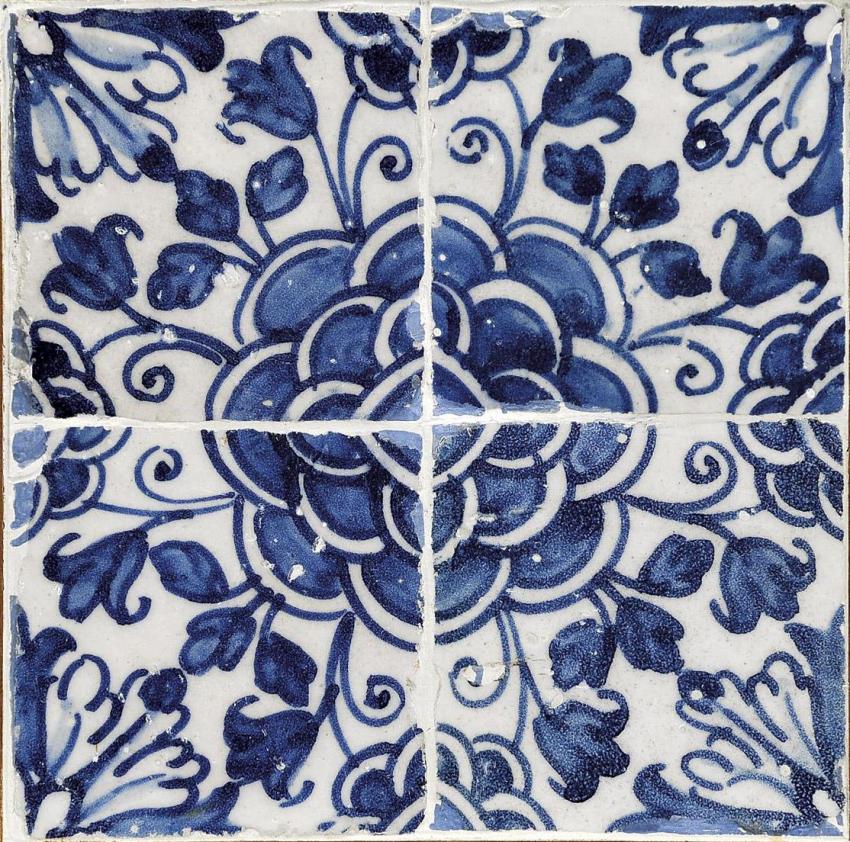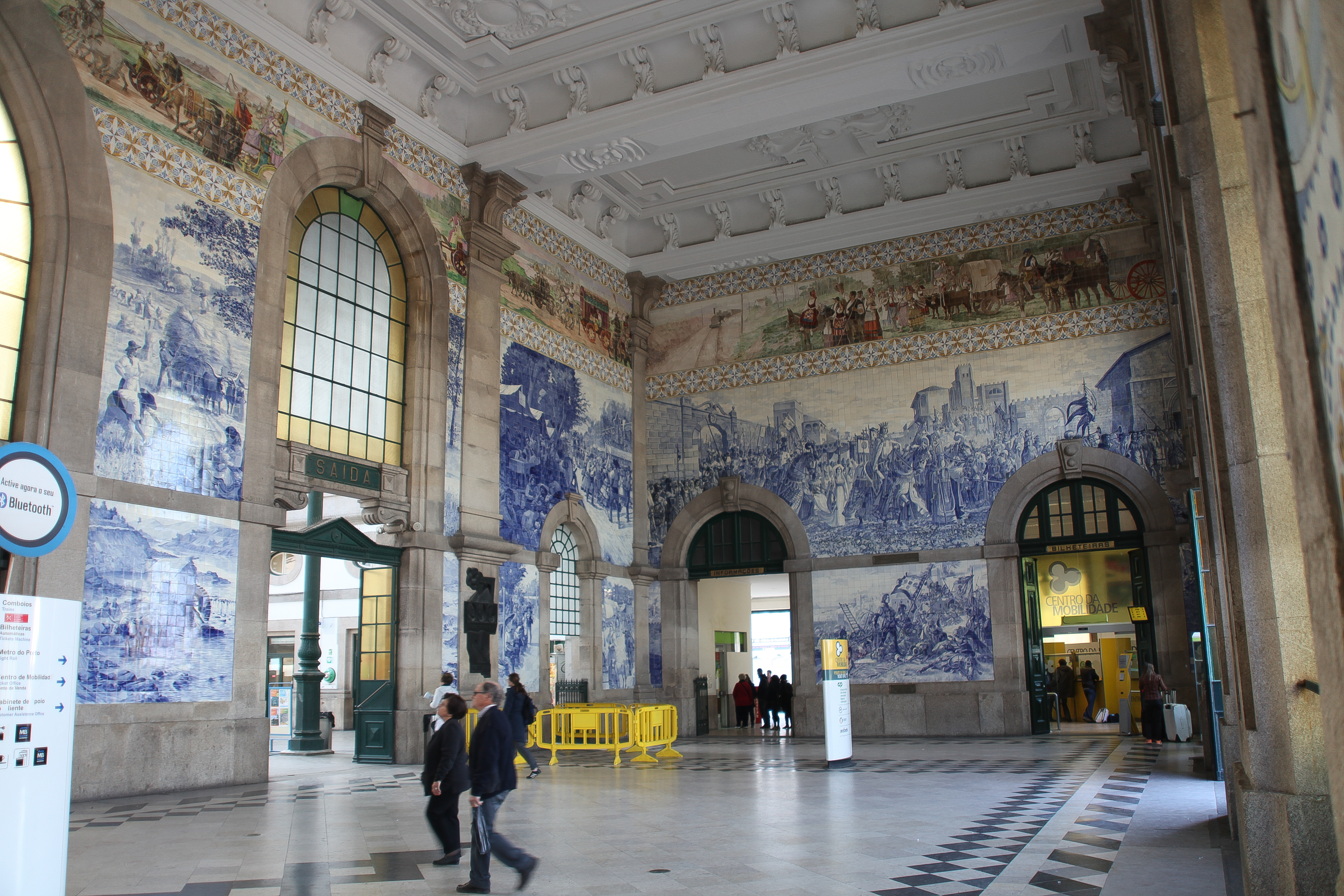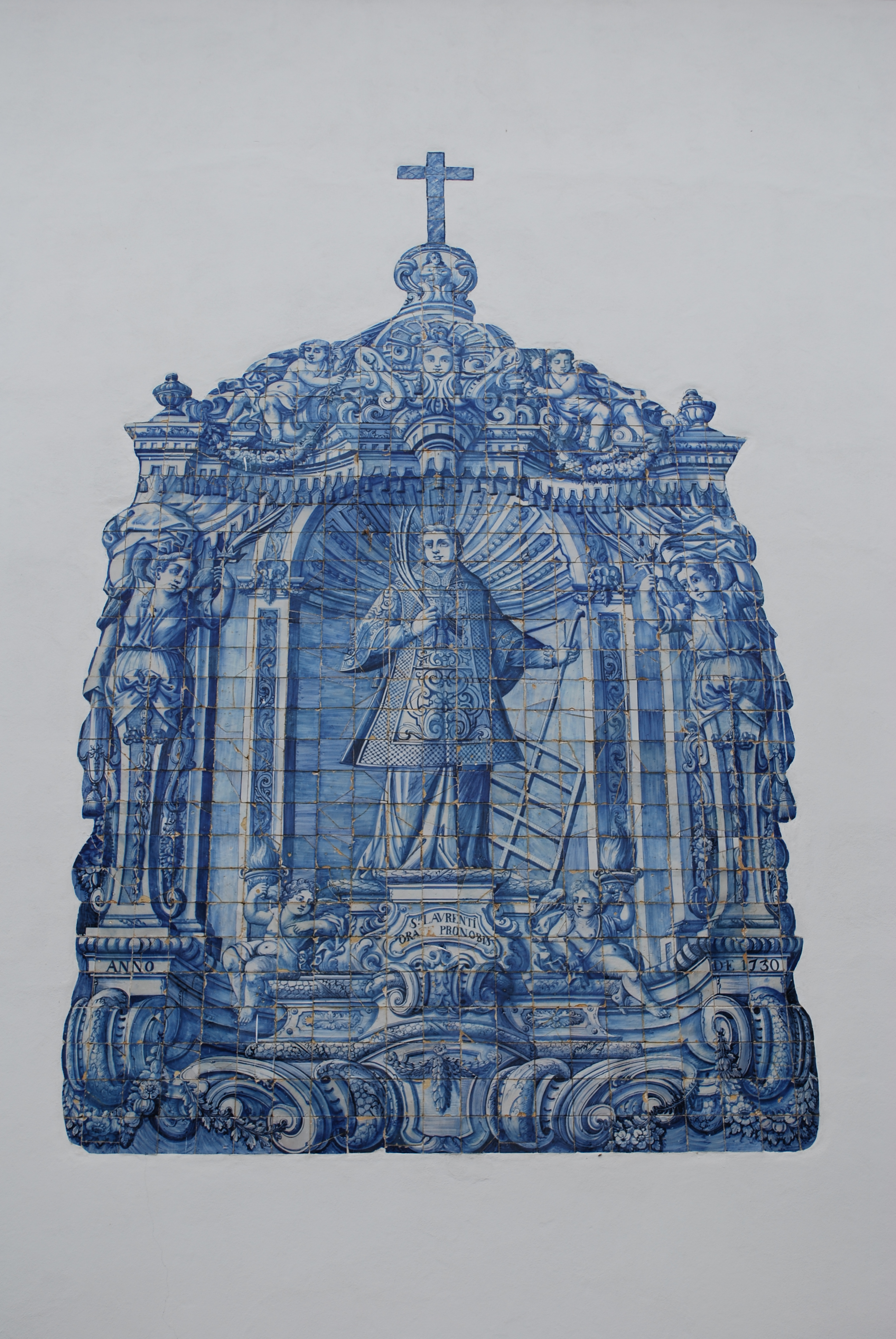It is one of the most prominent adaptations of Portugal’s azulejos tilework in a religious context.Beautiful things can happen when cultures meet. That was the case with ceramic craftsmanship in the Iberian Peninsula during 13th century, when the Moors influenced local ceramic making, leading to the iconic azulejos tile style.
“Azulejo” comes from the Arabic al zellige, literally meaning “small polished stone” and refers to tilework made from individually chiseled tiles knit together with a plaster.

Initially, azulejo tiles were used to fill in blank spaces on the walls of Gothic churches, such as Seville’s Iglesia de Santa Ana (St. Anne’s church) and in the Charles V palace in Alhambra, Granada, Southern Spain.
When Portugal’s King Manuel I visited Southern Spain in 1503, he was so impressed by the beautiful tilework of local churches and palaces that he brought the concept back to his kingdom, pushing architects to make use of azulejos both in his own royal palace in Sintra, near Lisbon, and for public works.
In the beginning, azulejos were mainly decorated according to a blue and white palette, with later evolutions comprising more elaborate decorations in green, yellow and gold. Portuguese artists soon adapted the simple but elegant geometric decorations typical of Islamic art—it is prohibited to depict human figures according to Islamic law—to fit their storytelling purposes. It became a tradition to tell stories about Portugal’s history and culture by depicting human stories on azulejo tile that effectively became a ceramic version of Renaissance frescoes.
Today, anyone walking down the streets of a Portuguese city can notice the idiosyncratic tilework in many public buildings, including the Sao Bento Railway Station in Porto and many stops of Lisbon’s subway.

And of course, some of the most prominent examples of this art form are found in monasteries, churches and chapels around the Iberian country. One of the most outstanding adaptations of azulejos tilework in a religious context is found in the 18th century church of São Lourenço (St. Lawrence) in the town of Almancil, Algarve.

Here, every inch of the barrel-vaulted nave and its cupola is completely covered in azulejo tile—corners and frames aside. The eight tilework panels display the life of St. Lawrence, a Christian martyr who was tortured and killed in 258 after refusing to pay taxes to Roman Emperor Decius and donating the money to the poor instead. Each phase of its life, from his healing work to his martyrdom, is displayed on a dedicated panel, accompanied by Latin inscriptions in each arch. Some allegorical figures symbolizing Christian virtues, such as perseverance, piety and patience, are depicted over the arches.
A Latin inscription over the window, reading “Policarpo De/ Olivera Bern / Pintou Esta Obra De Azu / Leio” (Policarpo de Oliveira Bern Painted this work of azulejo) acknowledges the creator of the tilework, Policarpo de Oliveira Bernardes, one of the most important azulejo tile artist of the 18th century.
Luckily, the devastating earthquake that hit Lisbon in 1755 had a minor impact in Algarve, causing damages to just five of the elaborately decorated azulejos tiles. Today, the church attracts many visitors to this small town in central Algarve, where it is informally known as the Igreja de Louça, literally the “Church of China.”








